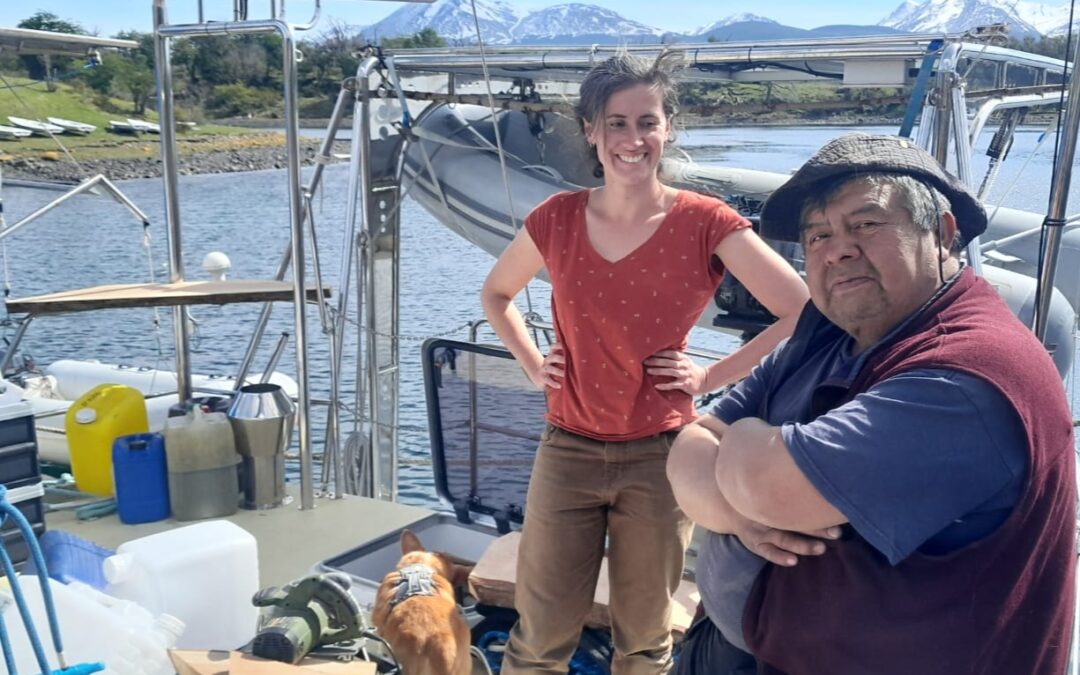
Karukinka
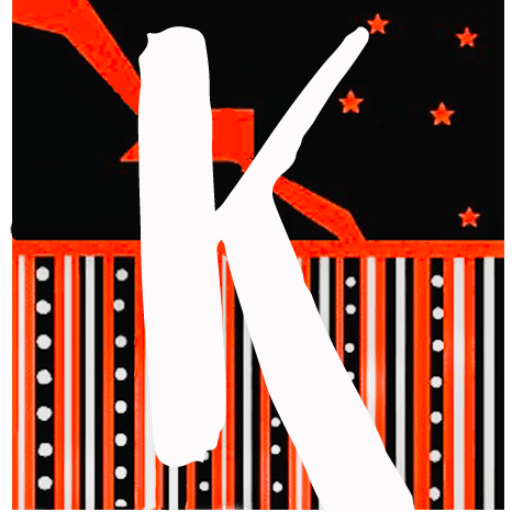
Association Karukinka
Loi 1901 - d'intérêt général
Dernières nouvelles du bord
La Patagonie vous fait rêver ? Rejoignez l’aventure !
Preparing for Kreeh Chinen Festival
The crew of Milagro will be present, as a partner, at the 5th edition of the Kreeh Chinen Festival! This event, which we have supported since its creation, will be held on November 29 at Restobar Punto de Encuentro in Tolhuin (province of Tierra del Fuego, Argentina)....
A Yagan story: the hummingbird (Omora or Sámakéar)
Today we share with you a Yagan story dedicated to the hummingbird, told by Úrsula Calderón and Cristina Calderón in 2001 in Mejillones Bay (Navarino Island, Chile). It was published on pages 170 and 171 of the book Guia Multi-Etnica de Aves de los bosques...
The Sailing yacht Milagro now adorned with coigüe wood
On Monday, October 27, the Milagro resonated with the sound of coigüe wood and tools. With José, crew member and godparent of the boat, we dedicated the day to a traditional woodworking session to craft two new work surfaces from coigüe wood. These new fittings, now...
The Beagle Channel (Onashaga): meeting place of oceans at the southernmost tip of the Americas
The Beagle Channel, known to the Yaghan people as Onashaga (“channel of the Ona hunters,” i.e., their Selk'nam neighbors from Tierra del Fuego), is one of the planet’s outstanding maritime passages. This interoceanic strait,...
Where is Cape Horn? Location and the Characteristics of a Mythic Geographic Landmark
Cape Horn (Cabo de Hornos in Spanish, Kaap Hoorn in Dutch, Loköshpi in the Yaghan language) is far more than just a geographic point. Located at 55°58′ south latitude and 67°16′ west longitude, this rocky promontory at 425 meters above sea level marks the southernmost...
“Trip to the end of the world” from la Rochelle!
If you plan to go stop at La Rochelle this summer, don’t miss this trip to the end of the world! This sound and immersive fiction was created by Sébastien Laurier in collaboration with the Phare du bout du monde (Lighthouse of the end of the world) association and the...
[#8 – Ireland–Scotland 2024] from Loch Buie to the sacred Isle of Iona
Early in the morning, we raise anchor at the still and at a few cable lengths from Castle Moy on Loch Buie (Isle of Mull). In this loch facing south-west, last night was moderately pleasant, due to a small swell from the south that came before the wind forecast in the...
[#7 – Ireland – Scotland 2024] From Loch Melfort to isle of Mull, via the Firth of Lorn
It is after a superb stopover made up of encounters as beautiful as the surrounding landscapes that we leave Loch Melfort to head towards the south of Mull Island. To do this, several options exist and we choose that of Cuan Sound, a (fairly) narrow channel separating...
[#6 – Ireland – Scotland 2024] Stopover at Loch Melfort
It was at the end of the day that we arrived quietly under sail at the eastern end of Loch Melfort, dropping anchor in a very sticky muddy bottom (for the chain and the bridge too, by the way…). As soon as we arrive, Damien receives a call from one of his friends and...
[#5 Northbound – 2024] From Jura to Loch Melfort via Corryvreckan
Nice and safe in a loch on the west coast of Jura, we wait for the bad weather to go away and take advantage of the stopover to go for a walk, read and rest. The plants which are usually ochre by the end of winter are currently going through their spring mutation and...
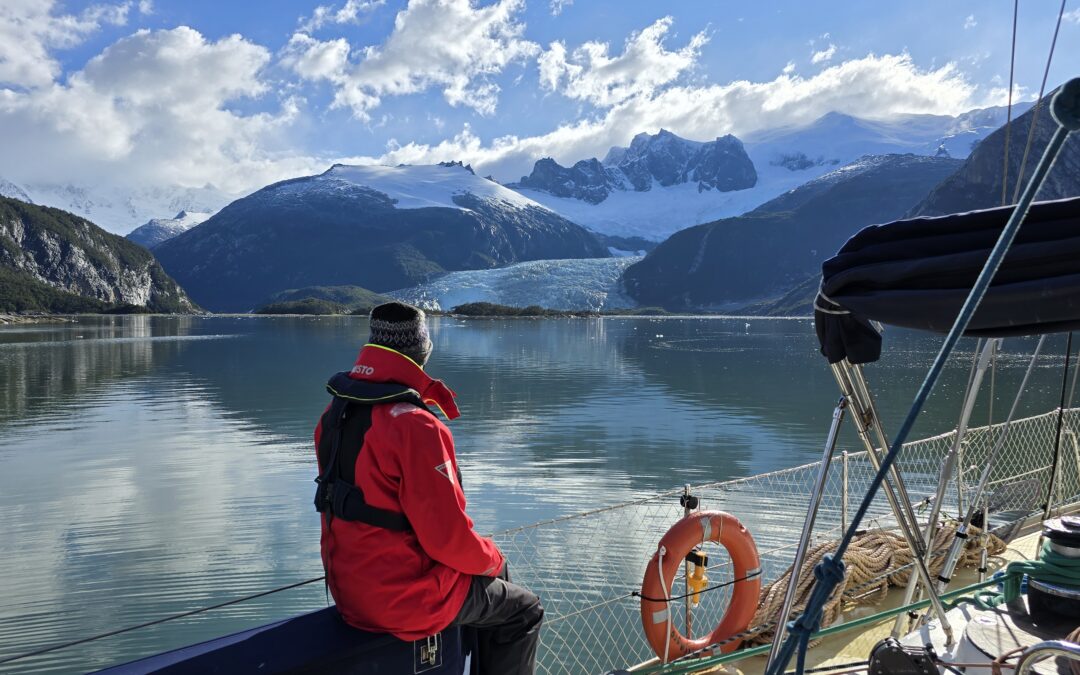
![[Sailing Patagonian channels] Sébastien’s Logbook part 1](https://karukinka.eu/wp-content/uploads/2025/08/Caleta-eva-luna_012025_Karukinka4-1080x675.jpg)
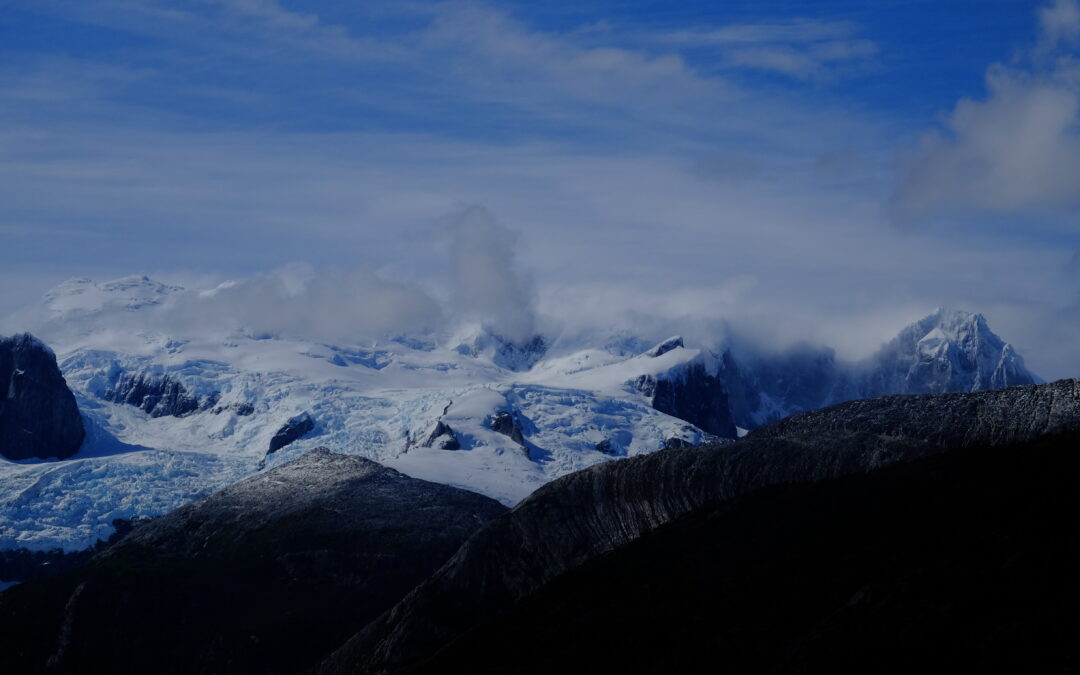
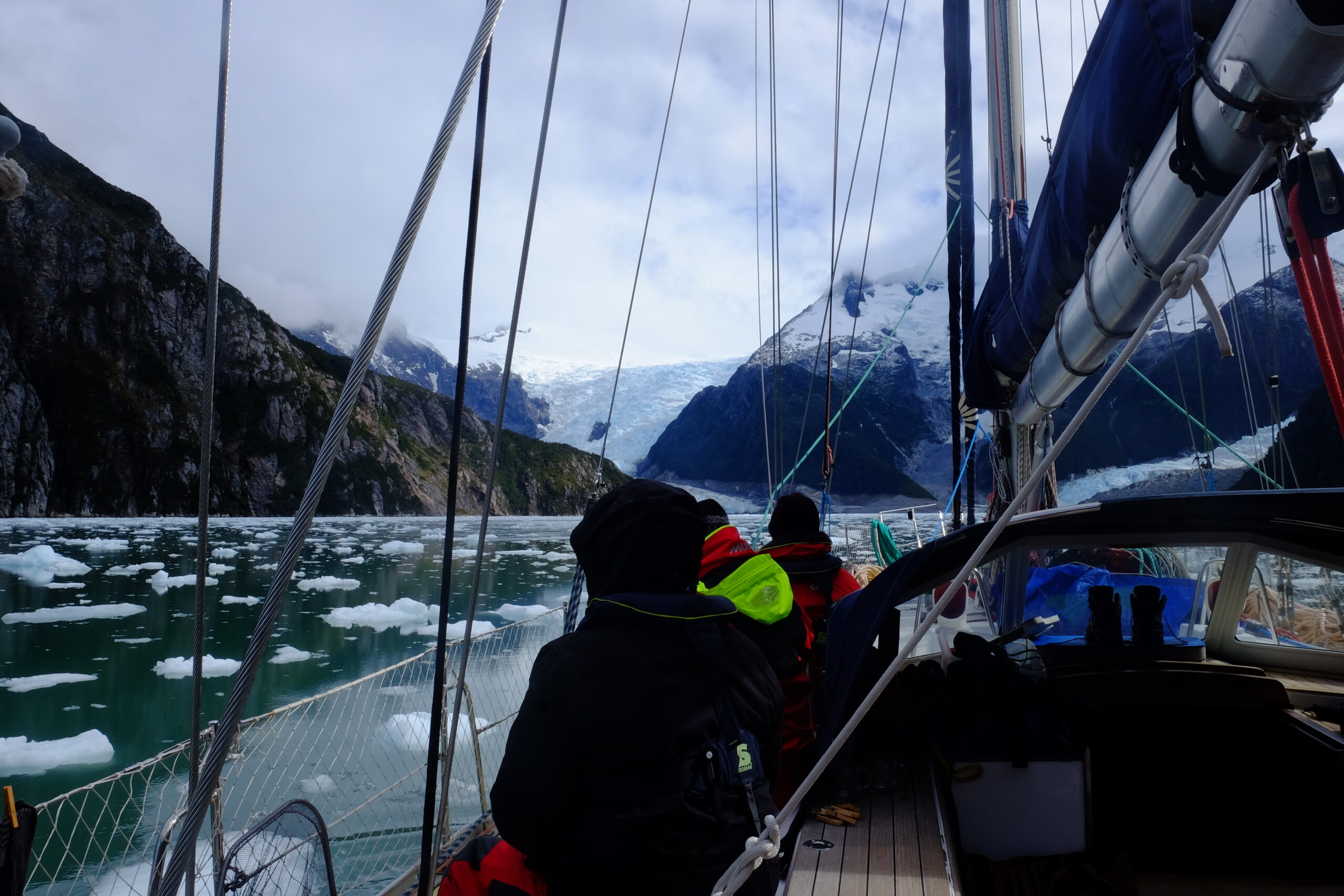
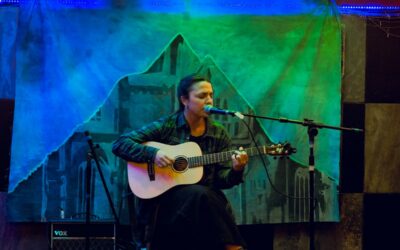
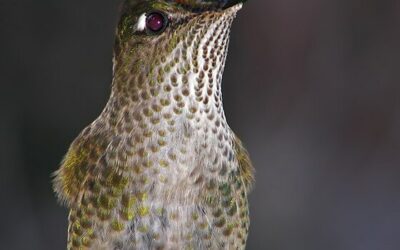
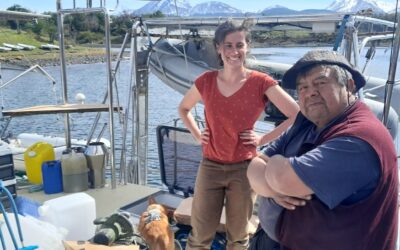
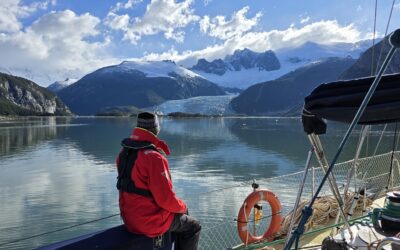
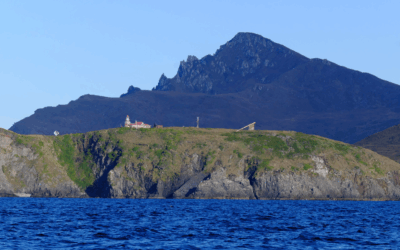
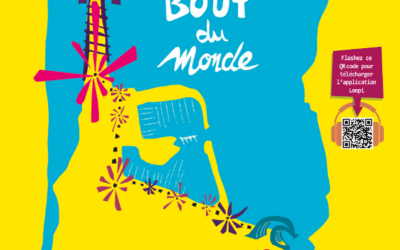
![[#8 – Ireland–Scotland 2024] from Loch Buie to the sacred Isle of Iona](https://karukinka.eu/wp-content/uploads/2024/07/Iona_LL-400x250.jpg)
![[#6 – Ireland – Scotland 2024] Stopover at Loch Melfort](https://karukinka.eu/wp-content/uploads/2024/05/Loch-Melfort_Karukinka_052024-3-400x250.jpg)
![[#5 Northbound – 2024] From Jura to Loch Melfort via Corryvreckan](https://karukinka.eu/wp-content/uploads/2024/05/N-Islay_Jura_042024-10-400x250.jpg)